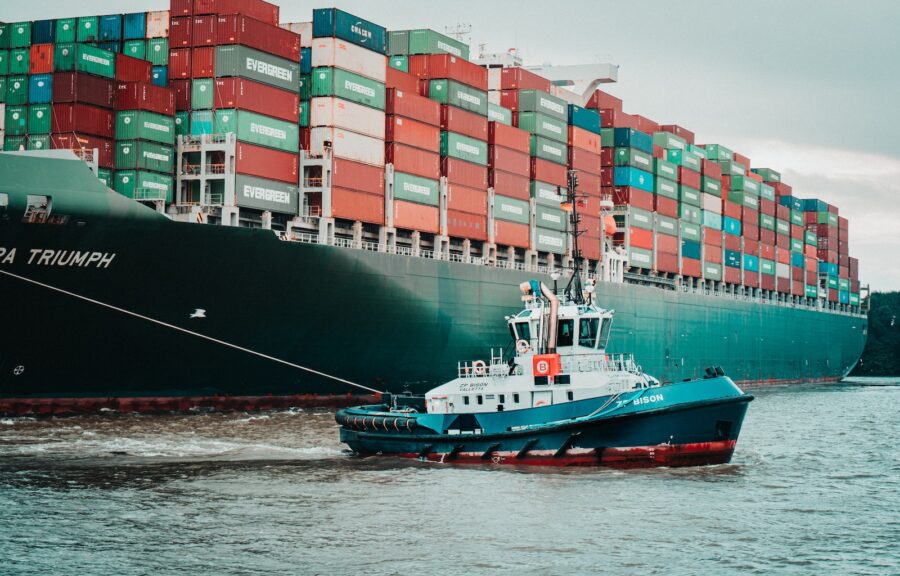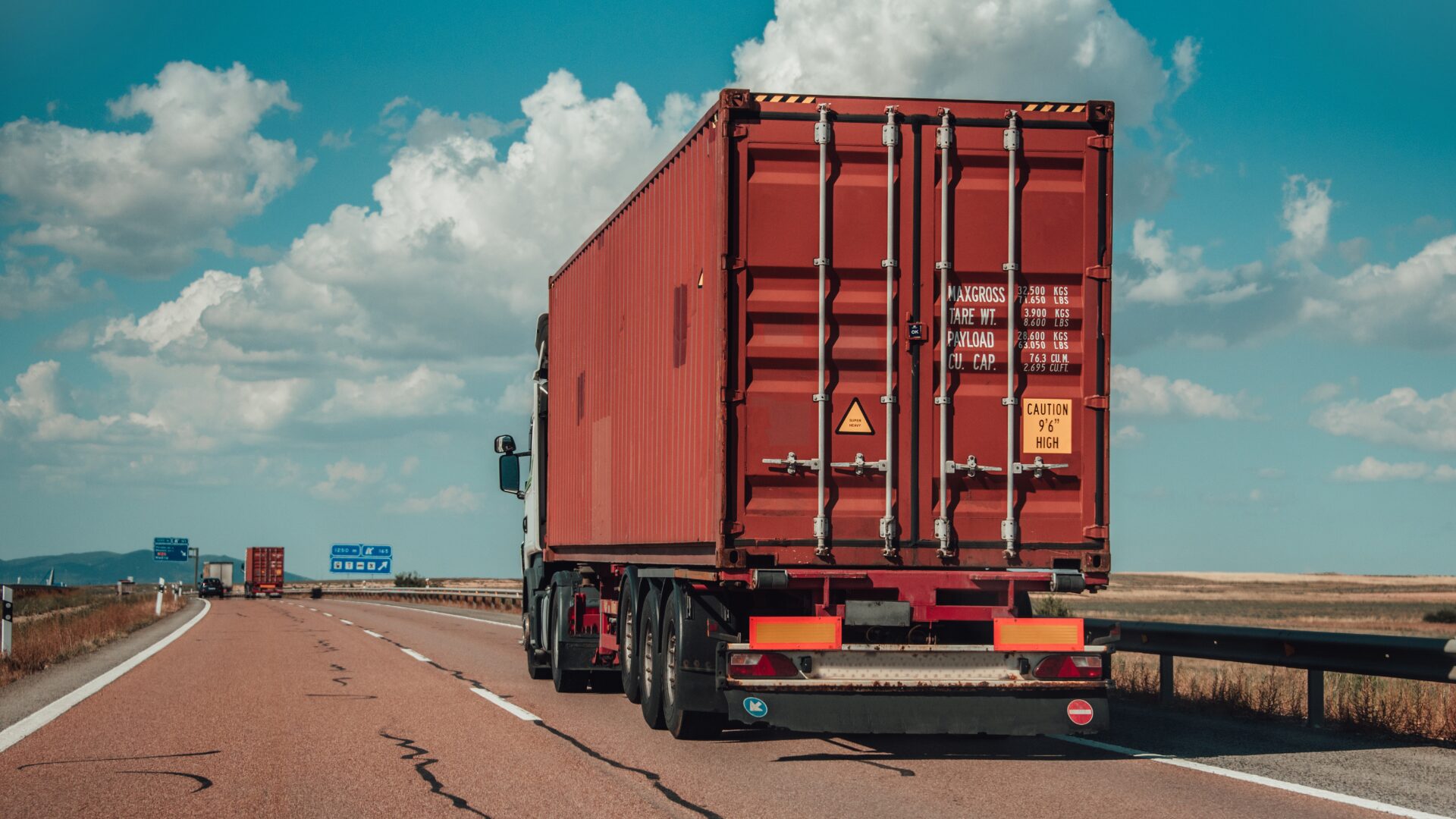The food industry relies on stable and safe supply chains to operate unhindered, but there is inherent risk in the transportation and handling of foodstuffs. If the supply chain breaks down in any way, business reputation and financial stability may be endangered.
Food supply chains are typically complex and carry a variety of risks. Businesses in the food industry often operate on tight profit margins with little financial leeway to deal with unexpected problems.
So, how can risks to the supply chain within the food industry be managed effectively? Let’s examine.
Supply chain risks for food industry businesses
Risks faced by the food sector often include:
- Delays or other disruptions to shipping or transportation
- Weather-related risks to crops and other food sources
- Customs issues for importers
- Food contamination during transportation
- Political disruption affecting overseas suppliers
Initially, carrying out a risk assessment of the supply chain identifies the most prominent risks and helps business owners develop contingency plans so their business is not too adversely affected.
Assess the risks
Taking a thorough look at the entire supply chain will help to determine the main risks. For example:
The importance of each supplier to the business
Consider their importance to business operations. Do they supply key ingredients that the business cannot trade without, for example, and could an alternative supplier be identified if necessary so the business isn’t badly compromised by a breakdown in the supply chain?
The location of each supplier in the chain
A supplier’s location may also introduce risk, particularly if they’re based overseas rather than locally. Customs or political issues, or transportation problems, may arise purely because of where a supplier is located.
New supply chain members
There is an element of risk when a new member joins the supply chain. Certainty of a good reputation is important, of course, as is how long they’ve been in business and whether their services were recommended by a trusted third party.
Managing supply chain risks
Risk management software
Blockchain technology allows businesses to track their food supply chain and offers transparency and verification of food provenance. Risk management software is a highly effective way to mitigate some of the intrinsic risks within complex food supply chains, offering key information and potential collaboration between supply chain members.
Diversify suppliers and transportation methods
Having backup suppliers and transportation options allows a business to continue relatively unaffected in the face of delays and disruptions, protecting it from issues outside of its control. This is particularly important in relation to suppliers of key ingredients.
Use local suppliers where possible
Reducing the ‘food miles’ that supplies travel may not be possible for all businesses but using local, reliable suppliers removes several risks at once. These include shipping disruptions and customs problems, which can cause significant delays. Food provenance is also an important issue – obtaining supplies more locally where possible could boost a business’ ‘green’ credentials.
In conclusion
Formulating contingency plans for potential supply chain risks protects a business and allows the owner to deal effectively with unavoidable issues such as the weather and natural disasters. This might typically involve using ‘backup’ suppliers and different transportation routes and methods.
Risk management software provides the detailed information needed and allows businesses to act quickly, dealing with events as they happen, to lower the chances of long delays and potential deterioration of food en route.
Editor’s note: Author Karl Hodson of UK Business Finance is responsible for helping businesses raise funding for purposes such as working capital, expansion and capital equipment.












